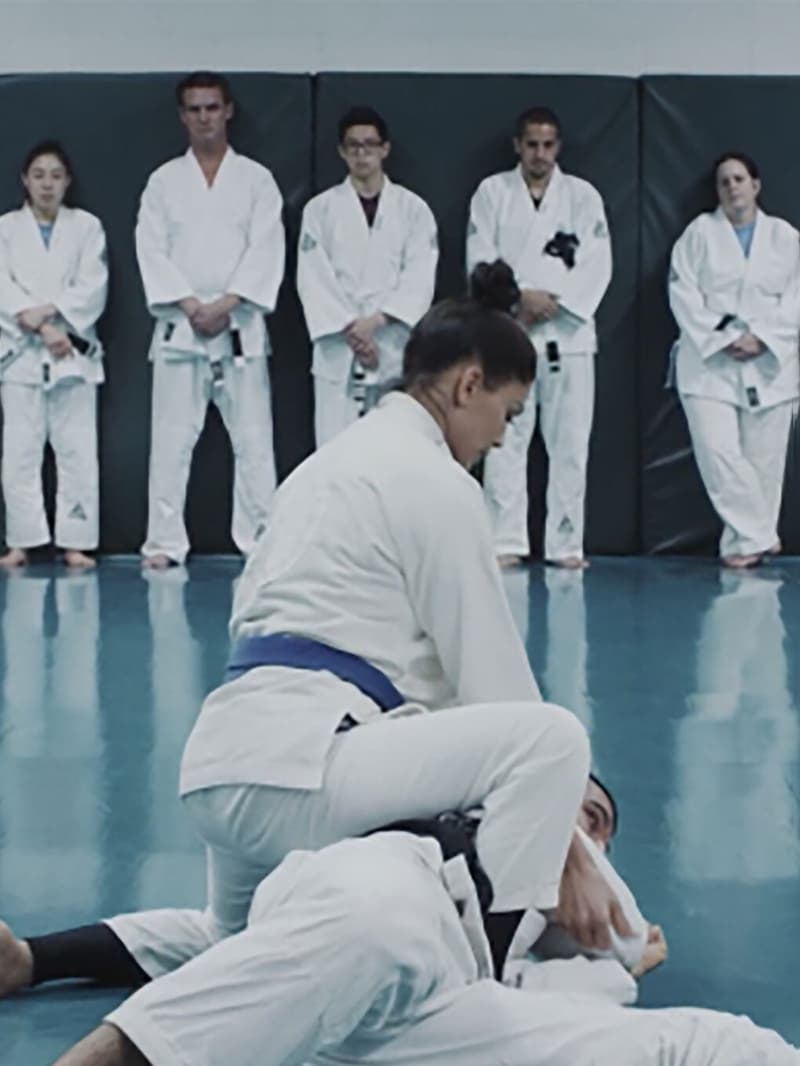Ein Gespräch mit Kevin und Joe Jonas
Die weltweiten Superstars und Musiker berichten, wie die EVO ihr Leben verändert hat.
Die weltweiten Superstars und Musiker berichten, wie die EVO ihr Leben verändert hat.

Kevin und Joe Jonas über ihren Weg zur Sehkorrektur
Sie kennen Kevin und Joe Jonas wahrscheinlich als zwei Drittel der berühmten Band „The Jonas Brothers“. Trotz ihrer globalen Berühmtheit und Erfolge, sahen sich die Brüder jedoch mit einem Problem konfrontiert, das viele Menschen weltweit kennen: Fehlsichtigkeit.
Seit ihrer Kindheit waren beide Musiker kurzsichtig. Das bedeutet, dass sie in der Nähe gut sehen konnten – nicht jedoch in der Ferne. Kurzsichtigkeit ist die weltweit am weitesten verbreitete Fehlsichtigkeit mit einer stark steigenden Tendenz. Nicht nur auf der Bühne waren Kontaktlinsen und Brille eine tägliche Belastung für Kevin und Joe. Sie wollten eine langfristige Lösung finden, die es ihnen ermöglichen würde, das Leben voll und ganz zu genießen.
Und dann kam die EVO ICL: Eine innovative Sehkorrektur, die sie von Kontaktlinsen und Brille befreit und ihr Leben für immer verändert hat. EVO ICL ist eine klinisch getestete implantierbare Linse, die Tag und Nacht1,3 eine klare, scharfe Sicht1,2 ermöglicht, keine Symptomatik trockener Augen verursacht4,5 und die Hornhaut erhält. Außerdem kann sie jederzeit durch einen Arzt wieder entfernt werden, was Flexibilität für die Zukunft bedeutet.

Warum sich Kevin und Joe Jonas für die EVO ICL Linse entschieden haben
“Eine klassische LASIK Augen-OP hat sich für mich nie gut angefühlt. Als ich dann von dieser Methode erfahren habe, war es für mich klar. Und nachdem mein Bruder Joe die OP bereits hatte und völlig aus dem Häuschen darüber war, wie gut er nun sehen konnte, wusste ich einfach, dass ich das auch brauchte. Ich hatte vergessen, wie es sich anfühlt, aufzuwachen und einfach perfekt zu sehen. Heute muss ich mir keine Sorgen mehr um Kontaktlinsen oder meine Brille machen und ich fühle mich so viel freier.“ – Kevin Jonas
„Nachdem ich mit meinem Arzt über diese fortschrittliche neue Technologie gesprochen hatte, habe ich mich für die EVO entschieden, weil ich das Gefühl hatte, endlich meine Sehkraft verbessern zu müssen und weil ich die Art, wie ich die Welt sehe, verändern wollte. Für mich war es eine unkomplizierte, schnelle OP, die mir schnell zu scharfer und klarer Sicht 6,7 bei Tag und Nacht6,8 verhelfen konnte. Und das, ohne die Symptomatik trockener Augen zu verursachen3,9. Das Ergebnis ist lebensverändernd für mich, denn dank der EVO kann ich jetzt aufwachen und einfach direkt in meinen Tag starten.“ – Joe Jonas

Ready to Discover Visual Freedom With EVO ICL? Find a Doctor Today
Important Safety Information
The EVO Visian ICL Lens is intended for the correction of moderate to high nearsightedness. EVO Visian ICL and EVO Visian TICL surgery is intended to safely and effectively correct nearsightedness between -3.0 D to -15.0 D, the reduction in nearsightedness up to -20.0 D and treatment of astigmatism from 1.0 D to 4.0 D. If you have nearsightedness within these ranges, EVO Visian ICL surgery may improve your distance vision without eyeglasses or contact lenses. Because the EVO Visian ICL corrects for distance vision, it does not eliminate the need for reading glasses, you may require them at some point, even if you have never worn them before.
Implantation of the EVO Visian ICL is a surgical procedure, and as such, carries potentially serious risks. Please discuss the risks with your eye care professional. Complications, although rare, may include need for additional surgical procedures, inflammation, loss of cells from the back surface of the cornea, increase in eye pressure, and cataracts.
You should NOT have EVO Visian ICL surgery if:
- Your doctor determines that the shape of your eye is not an appropriate fit for the EVO Visian ICL
- You are pregnant or nursing
- You have moderate to severe damage to the optic nerve caused by increased pressure (glaucoma)
- You do not meet the minimum endothelial cell density for your age at the time of implantation as determined by your eye doctor
- Your vision is not stable as determined by your eye doctor
Before considering EVO Visian ICL surgery you should have a complete eye examination and talk with your eye care professional about EVO Visian ICL surgery, especially the potential benefits, risks, and complications. You should discuss the time needed for healing after surgery. For additional information with potential benefits, risks and complications please visit DiscoverICL.com.
Select Your Region
Latin America
References
¹Packer M. The Implantable Collamer Lens with a central port: review of the literature. Clin Ophthalmol. 2018;12:2427-2438.
²Sanders D. Vukich JA. Comparison of implantable collamer lens (ICL) and laser-assisted in situ keratomileusis (LASIK) for Low Myopia. Cornea. 2006 Dec; 25(10):1139-46.
³Naves, J.S. Carracedo, G. Cacho-Babillo, I. Diadenosine Nucleotid Measurements as Dry-Eye Score in Patients After LASIK and ICL Surgery. Presented at American Society of Cataract and Refractive Surgery (ASCRS) 2012.
⁴Shoja, MR. Besharati, MR. Dry eye after LASIK for myopia: Incidence and risk factors. European Journal of Ophthalmology. 2007; 17(1): pp. 1-6.
5aLee, Jae Bum et al. Comparison of tear secretion and tear film instability after photorefractive keratectomy and laser in situ keratomileusis. Journal of Cataract & Refractive Surgery , Volume 26 , Issue 9 , 1326 - 1331.
5bParkhurst, G. Psolka, M. Kezirian, G. Phakic intraocular lens implantantion in United States military warfighters: A retrospective analysis of early clinical outcomes of the Visian ICL. J Refract Surg. 2011;27(7):473-481.
⁶Martínez-Plaza E, López-Miguel A, López-de la Rosa A, et al. Effect of the EVO+ Visian Phakic Implantable Collamer Lens on Visual Performance and Quality of Vision and Life, Am J Ophthalmol 2021;226:117-125.
⁷Packer M. Evaluation of the EVO/EVO+ Sphere and Toric Visian ICL: Six month results from the United States Food and Drug Administration clinical trial. Clinical Ophthalmology. 2022;16:1541-53.
⁸Parkhurst GD. A prospective comparison of phakic collamer lenses and wavefront-optimized laser-assisted in situ keratomileusis for correction of myopia. Clin Ophthalmol. 2016;10:1209-1215.
⁹Ganesh S, Brar S, Pawar A. Matched population comparison of visual outcomes and patient satisfaction between 3 modalities for the correction of low to moderate myopic astigmatism. Clin Ophthalmol. 2017;11:1253-1263.
Feeling unsure?
We get it. Decisions like this take time to consider and research. We can help guide your decision with information that's the most relevant to you.
Do you currently wear glasses or contacts?
